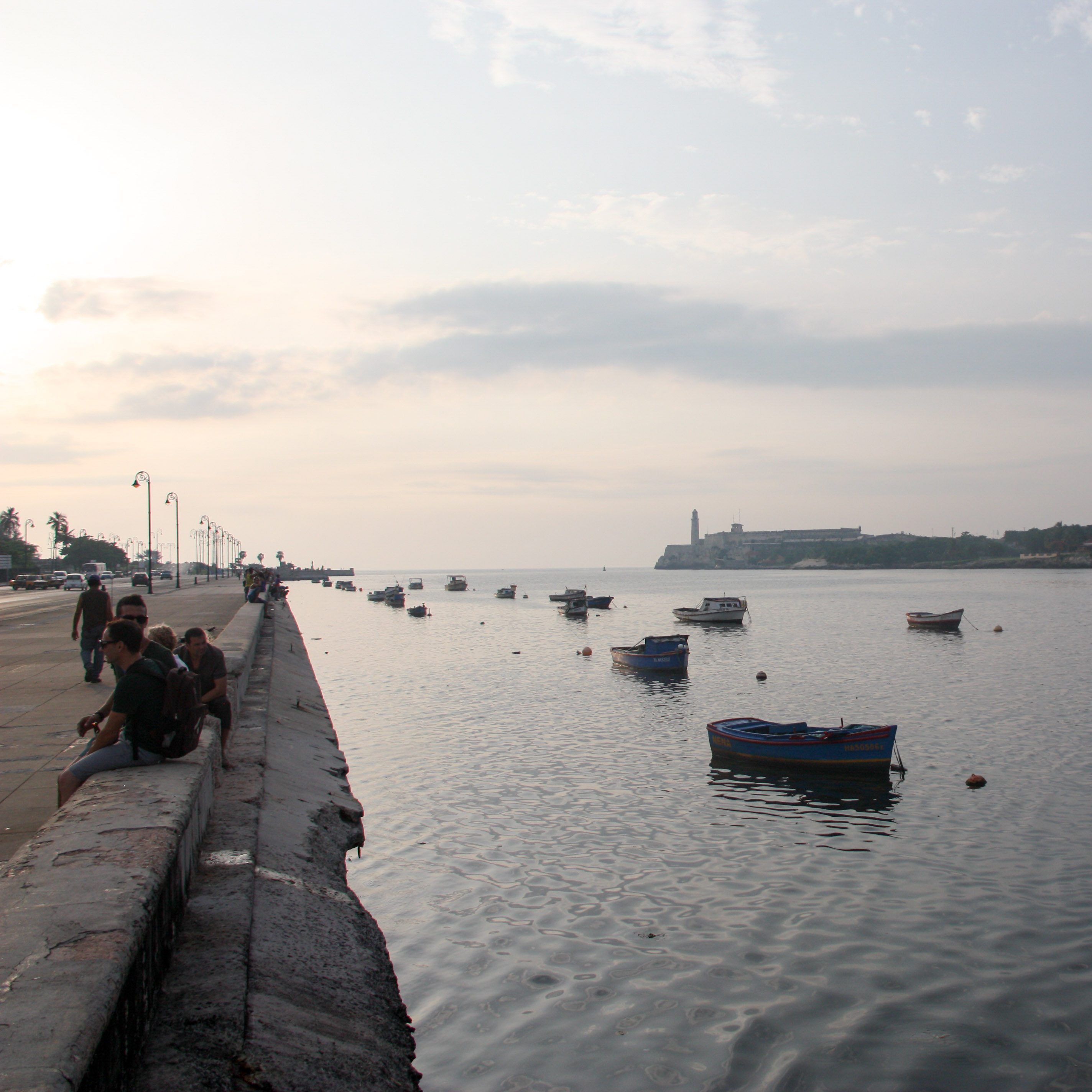When one prepares to go cruising you spend a lot of time reading about the lifestyle and, for men, what gear you will need. Online, you can find a well reasoned argument for both sides of every issue which makes it really hard to decide what is right for you. We made our choices and here are some lessons learned after 4 months. A caveat, there are many people who cruise with more or less than what we have but for an average middle class family going cruising these lessons would apply.
1) Unless you are already an avid kayaker, surfer, dinghy sailor or paddle boarder don’t buy one for your trip. It will spend 99. 9% of its time on the front of the boat in the way. If cruising with younger children this is even more true, there is little room for solitary sports or activities when raising kids on boat.
2) The dinghy must be able to plane with the entire crew and some extra weight such as groceries. We bought a 6 hp Tohatso outboard which would plane one adult and three kids in calm water but with all of us it wouldn’t. With a load of water or fuel it wouldn’t either even with only one adult.
3) If buying an inflatable dinghy, a high pressure floor dinghy is great because when kids fall, jump, slip or crash while in the dinghy they don’t get hurt. A downside is that under plane our 8 foot dinghy flexes a bit in chop and looses speed while creating spray, which everyone aboard hates.
4) A 15hp two stroke Yamaha is the minimum standard for a cruising outboard. It weights 80 lbs which is 40lbs less than a four stoke 15hp, comes with a 6 gallon external tank and will plane most crews on most dinghies. The catch, it is only available outside the USA but is $1000 less than a 15hp engine is in the states. A quick look at any cruiser dinghy dock will show that about half the engines are 15hp 2 stroke Yamahas.
5) if it ain’t broke don’t fix it. When something is still functioning but maybe not perfectly it is better to leave it alone then try get it to work perfect. When you start working on something invariably something will go wrong requiring more time, effort or money to fix.
6) Bring a generator. Electronics and ships systems will consume more power then you anticipate. Bringing along a small generator will allow to use all your stuff and not have a large diesel engine pounding away creating noise and heating up the salon. This counts even if you have added solar and wind generation to your boat. Electricity consumption always equals 125% of generation capacity.
7) Refrigeration isn’t a necessity but it makes life a lot better. If at all possible buy a boat with enough electricity generation to power a fridge. Our fridge runs from sunrise to sunset and for at least an hour in the evening during our generator run. It uses more power than everything else combined, however cold beer, cheese, pop and meat make it worth while.
8) You won’t have a ton of time to get many small projects complete. When we left I had anticipated that I would have time to complete a whole bunch of boat improvement projects such as sewing wind scoops and the like. The reality is that keeping a boat stocked and a crew happy and healthy is time consuming and exhausting.
9) Unless you are a purist, broke or an avid sailor you will motor more more than you sail. In the 800 nautical miles we have travelled the sails have been up about half the time and the motor running about 80% of the time. Our inexperienced crew needs to get there as quickly as possible, this reduces exposure to weather changes, fatigue and boredom.
10) Whatever you eat at home you will eat on the boat.
11) Consider your crew composition compared to a buddy boat before you undertake a passage with them. Sailboats don’t keep up with power boats and all adult crews do better in adverse conditions than a crew of newbie sailors.
12) Don’t make plans that are set in stone. Wait and see before you make any decision. If you find a place you like stay for a while.
13) The boat that gets you on the water is the right boat. I wanted a sailboat when we left and that is what we bought. The fact that we have mainly motored is somewhat disappointing but morale trumps purism every time (see #9). Since spending a bit of time looking at other boats, our boat is still more or less the lowest priced boat with three staterooms, two heads and most modern conveniences. We have seen people cruise with families on larger and smaller boats which is great. Buy the boat that will meet you or your mates minimum spec for comfort and equipment and go. Once you have some experience what you want in a boat will evolve and you will have to decide if it makes sense to do a boat swap.
14) Wind in an anchorage is your friend and your enemy. The wind keeps the bugs down and helps to keep the boat cool. However, it blows things off the boat, creates waves which rock the boat making it uncomfortable at times and can be too cool if the sun isn’t shining.


your lessons learned is also a lesson for me too.I didnt know there was so much to sailing or cruising, love your blogs!!